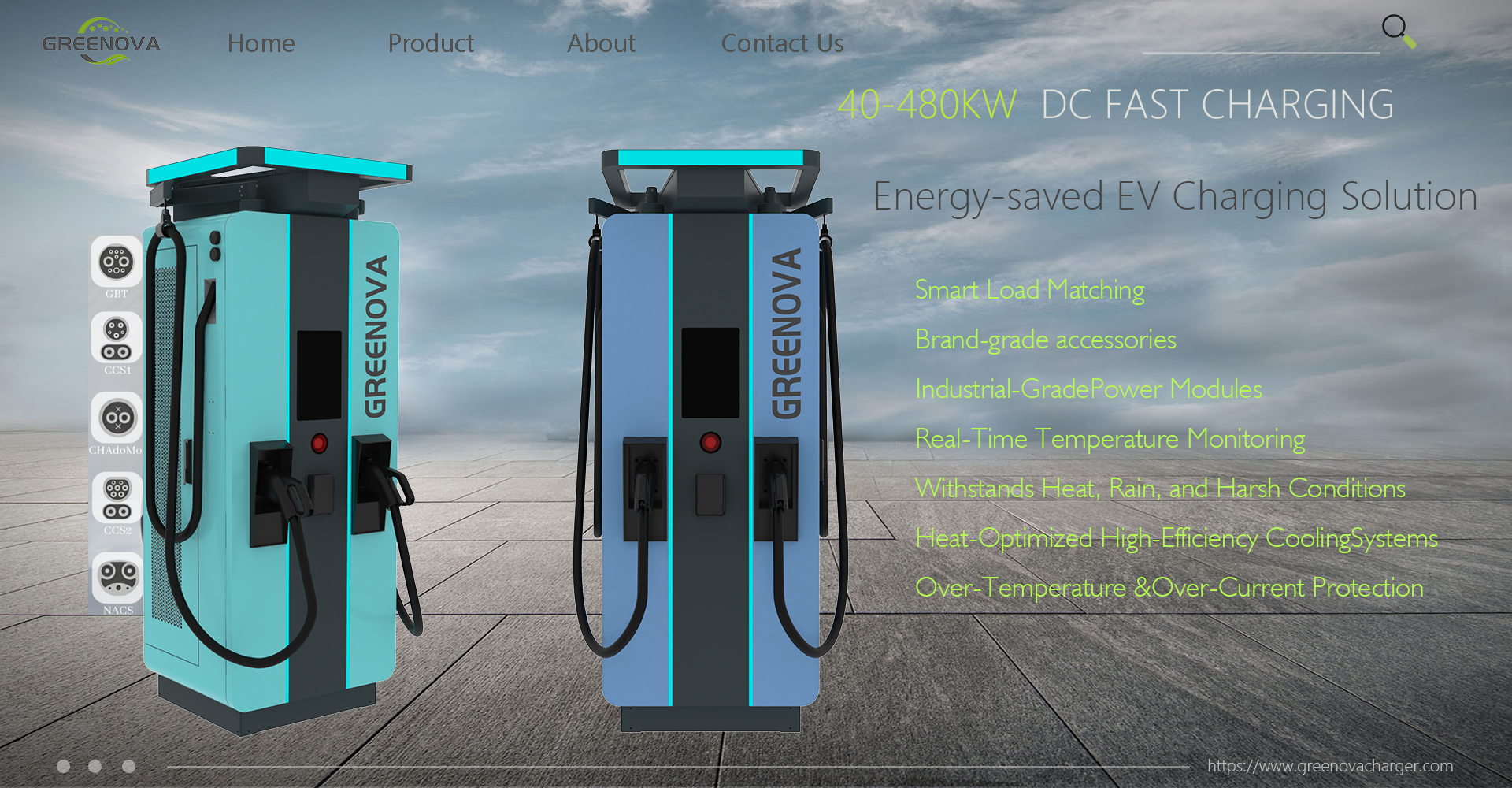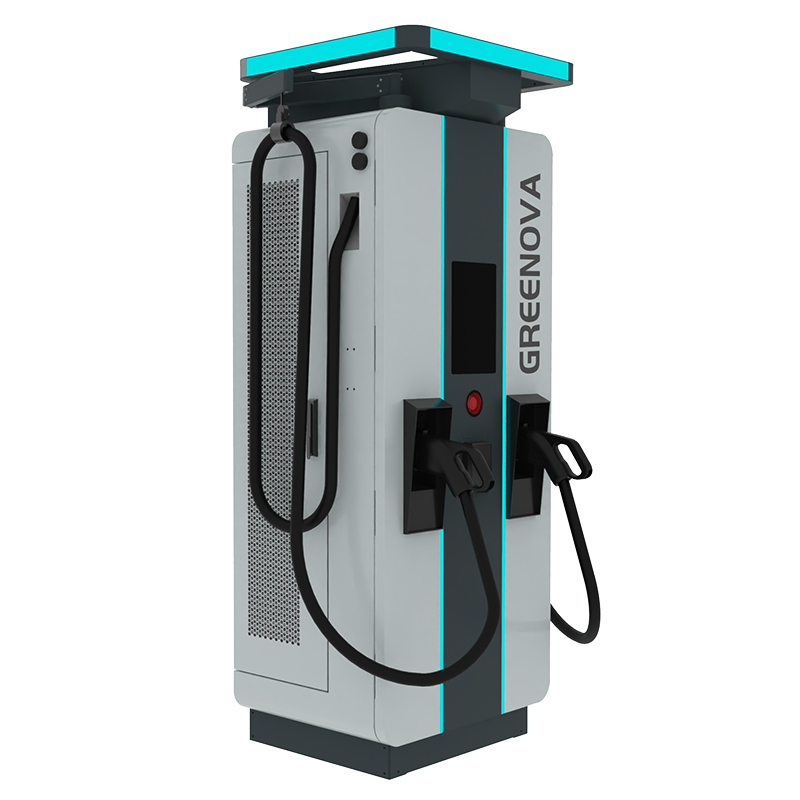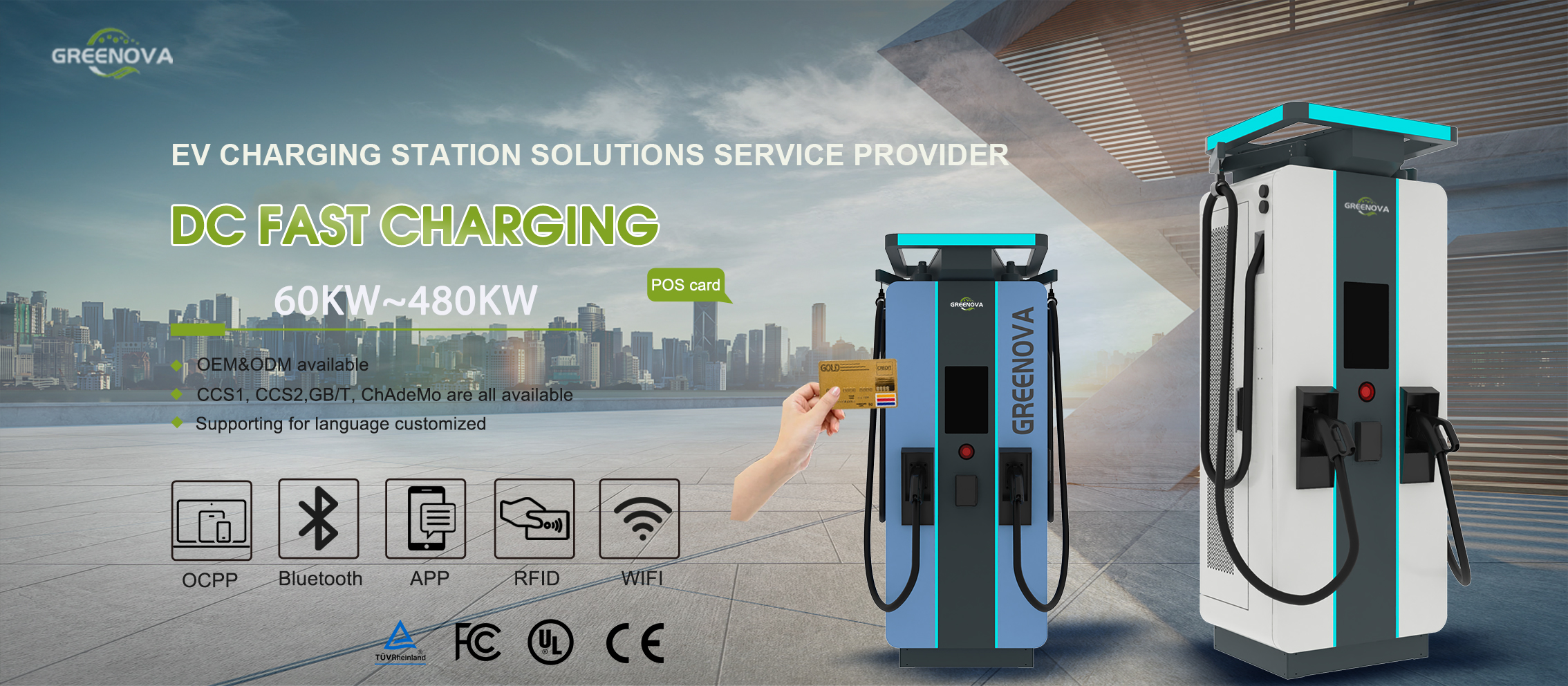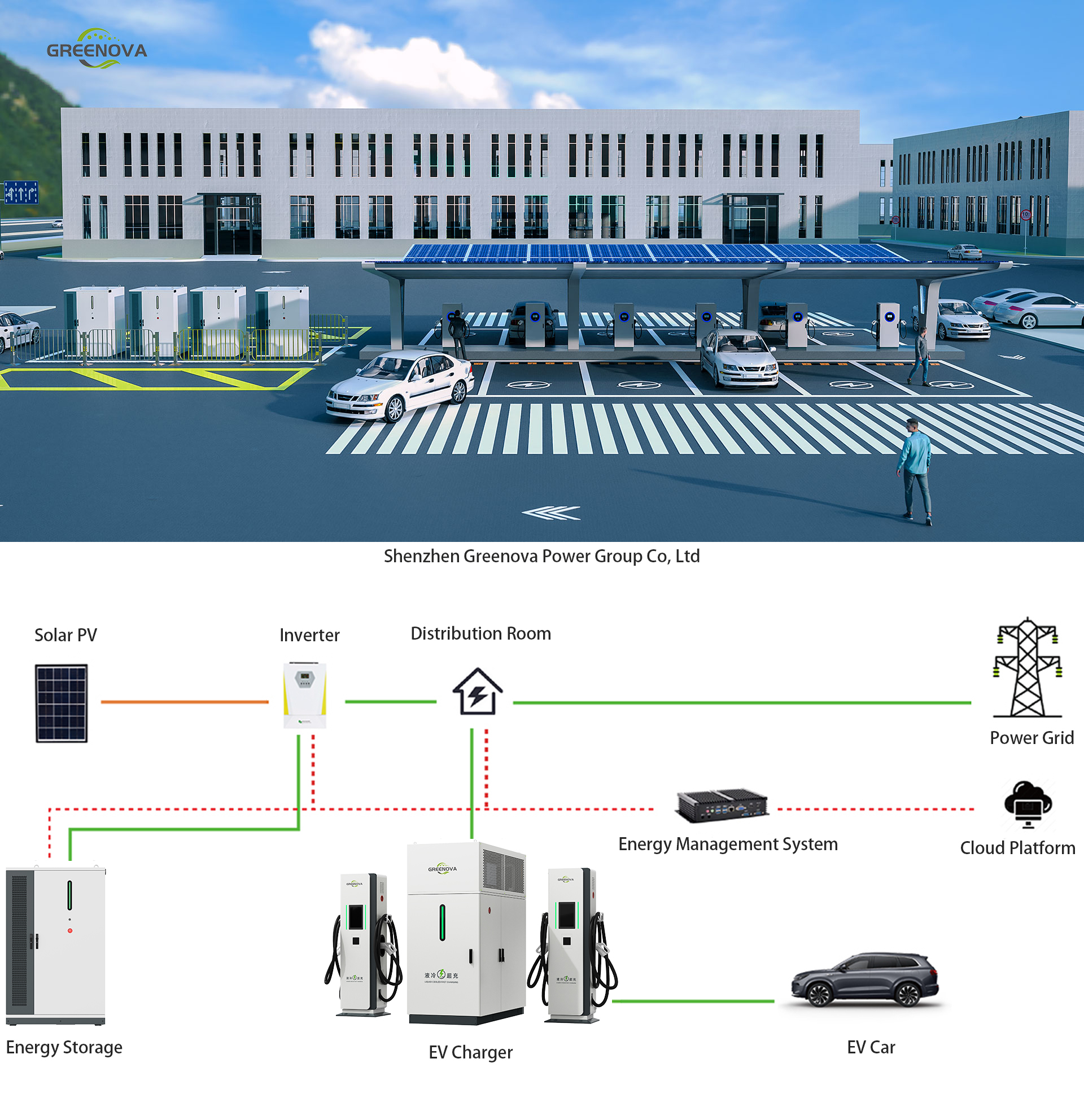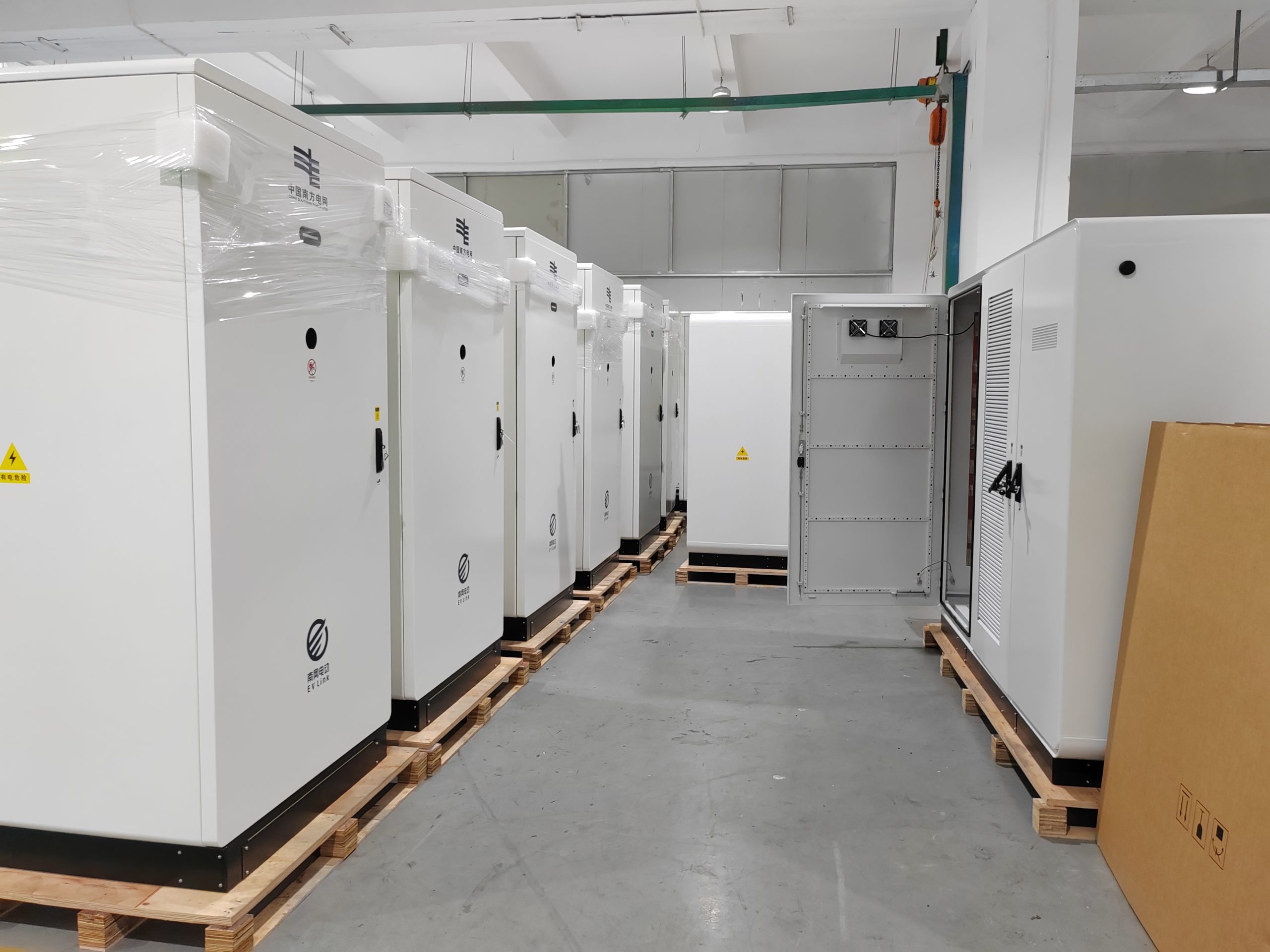Introduction
As the electric vehicle (EV) market continues its rapid expansion, the demand for efficient and scalable charging infrastructure becomes increasingly critical. Split-type EV charging stations, which separate the charging unit into distinct components, are emerging as a pivotal solution to meet this demand. This article explores the future development trends of split-type EV charging stations, highlighting their advantages, technological innovations, and the role they play in the evolving EV ecosystem.
Understanding Split-Type EV Charging Stations
Split-type EV charging stations consist of two primary components: the power module and the user interface. This modular design offers several benefits:
-
Flexibility in Installation: The separation allows for more adaptable placement, accommodating various site constraints.
-
Ease of Maintenance: Individual components can be serviced or upgraded without affecting the entire system.维基百科+2维基百科+2GREENC+2
-
Scalability: Operators can expand capacity by adding more power modules as demand increases.
Technological Innovations Driving Future Trends
1. Integration with Smart Grids
The integration of split-type charging stations with smart grids enables dynamic load management, optimizing energy distribution and reducing peak demand pressures. This synergy enhances grid stability and supports the incorporation of renewable energy sources.
2. Vehicle-to-Grid (V2G) Capabilities
Advancements in V2G technology allow EVs to return stored energy to the grid during peak demand periods. Split-type chargers, with their modular architecture, are well-suited to facilitate this bidirectional energy flow, contributing to grid resilience.renub.com
3. Enhanced User Experience
Modern split-type charging stations are incorporating user-friendly features such as contactless payment systems, real-time charging status updates, and integration with mobile applications. These enhancements improve accessibility and convenience for EV users.
Market Drivers and Opportunities
1. Government Incentives
Many governments offer tax credits, rebates, and other incentives to promote electric vehicle adoption, significantly boosting the demand for charging stations. For instance, the Federal Tax Credit in the U.S. allows for up to $7,500 in tax benefits for electric vehicle buyers, further driving market growth.
2. Urbanization and Infrastructure Development
The increasing urban population necessitates the development of efficient charging infrastructure. Split-type stations, with their flexible installation options, are ideal for urban environments where space is limited.
3. Corporate Sustainability Initiatives
Businesses are investing in EV charging infrastructure to meet sustainability goals and attract environmentally conscious consumers. Split-type chargers offer a scalable solution for corporate campuses and commercial properties.
Challenges and Considerations
1. High Installation Costs
The initial investment needed to set up EV charging infrastructure, including hardware, software, and installation costs, is quite high. Ongoing maintenance expenses, especially for advanced charging systems such as DC fast chargers, strain resources further. Such high costs present challenges for small businesses and emerging markets, thereby slowing the pace of infrastructure development.
2. Standardization and Compatibility
The lack of universal standards for chargers and installation in public places poses a significant challenge. Different countries use various charging standards, such as CHAdeMO in Japan and CCS in Europe, the US, and South Korea. This lack of uniformity increases the cost of building and expanding public charging networks, which is a significant barrier to market growth.
3. Grid Capacity Constraints
The rapid increase in EV adoption places additional strain on existing power grids. Many regions are not equipped to support large-scale EV adoption without major upgrades. Providing a reliable supply of power while also incorporating renewable energy sources into the grid is a complicated and expensive proposition.
Future Outlook
The future of split-type EV charging stations is promising, with several developments on the horizon:
-
Integration with Renewable Energy: Combining charging stations with solar or wind power sources can reduce environmental impact and operational costs.
-
Advancements in Wireless Charging: Emerging technologies like WiTricity’s magnetic resonance-based wireless charging could further enhance the convenience of EV charging.
-
Expansion of Charging Networks: Major energy companies, such as Shell, plan to significantly increase their EV charging stations, aiming to grow from 54,000 to 200,000 by 2030.
Conclusion
Split-type EV charging stations represent a significant advancement in the EV infrastructure landscape. Their modular design, adaptability, and potential for integration with emerging technologies position them as a key component in the future of sustainable transportation. Addressing current challenges through standardization, investment, and innovation will be crucial in realizing their full potential.


